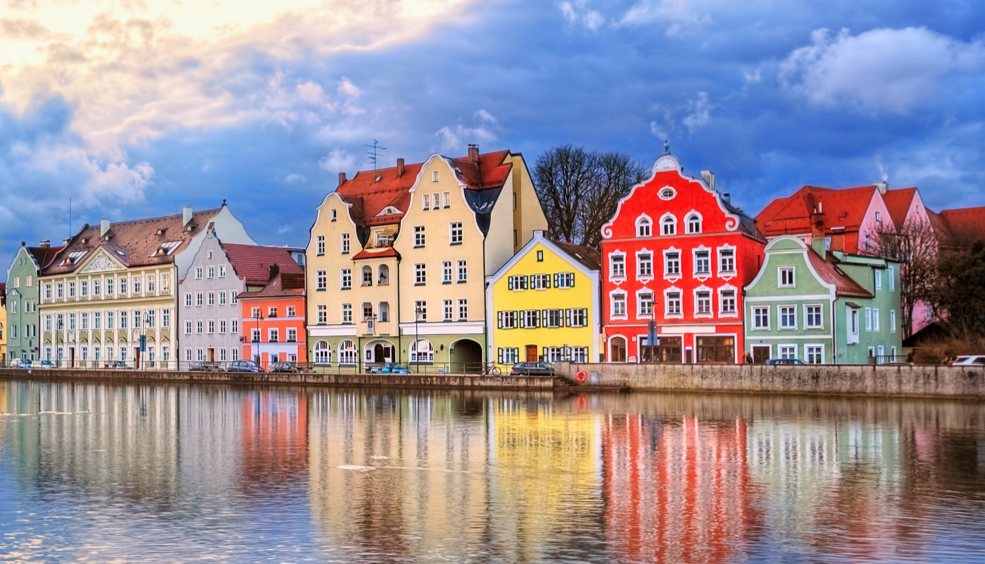The charms of Fez
Fez, also known as the mazy city of Morocco is one of the country’s most ancient and best-preserved cities, conserving its authenticity and exoticism with a an architecture that has remained practically untouched for centuries. What is perhaps most striking in this North African city is the fact that its less touristy and crowded, especially if you compare it to its neighbour, Marrakech. For this reason, it has a special charm that allows oneself to submerge into the culture of the citizens, without feeling suffocated by the sellers and merchants that often bother travellers in other Moroccan cities.
1.- Medina Fes el-Bali
The highlight of our trip to Fez is precisely in the maze that is made up by more than a hundred districts ofFes el-Bali, that are full of narrow streets with thousands of turning points and dead ends. UNESCO has protected it since 1967, as it is considered the oldest part of the city, which concentrates some of the most important monuments.
In the past, according to the law, each district was obliged to have a mosque, a religious school, a bakery, fountain and hammam. The Mausoleum of Moulay Idris and the Al Karaouine, together with the Koranic schools Attarine and Bou Inania boast an exquisite architecture that deserves to be seen. The latter, Bou Inania can be visited by non-Muslims, with an exception of the prayer rooms.
The Medina Fes el- Jdid or New Medina was raised by the Merindia dynasty in the twelfth century, outside the old town. It is full of mansions with Andalusian patios, gardens, mosques and new souks, but mostly what makes it interesting is the swanky Royal Palace of golden gates, every so often cleaned with a curious mixture of lemon juice, salt and vinegar. The Mellah or Jewish quarter, which stands in the heart of Fes el- Jdid, close to the palace also offers a large market thanks to the Grand Rue, Boulevard Bou Ksissat, contrasting with the of the facades and balconies of traditional Muslim architecture, where privacy reigns.
3.- La Ville Nouvelle
In order to complete our tour of Fez, we must not forget to visit the Ville Nouvelle, the newest part of the city that was built following the French protectionism during the twentieth century. Most urbanites enjoy this area reserved for the more affluent locals, with their walk through the Avenue Hassan II and the Boulevard Mohammed V. There’s an entire collection of glamorous bars with terraces, restaurants, ice cream parlours and bakeries. Boutiques fill the streets of movement and make the Ville Nouvelle an ideal place for the classic mint tea with typical pastries that help regain strength after an afternoon of shopping.
Picture by NaSz451
Text by Blanca Frontera
A place well worth discovering! Check out our flights here.
more info
6 fascinating facts about eco-friendly Amsterdam
Amsterdam isn’t just coffee shops, the Van Gogh Museum and the Red-Light District: it’s also one of the most environmentally friendly and sustainable cities in Europe.
more info10 different plans in Malta for spring and summer
Malta is an island packed with beautiful enclaves and a thousand surprises waiting to be discovered. Beaches, nature, water sports, architecture and much more: Malta is the perfect combination for a spring or summer getaway.
more infoFIVE OFFBEAT WEEKEND DESTINATIONS (FOR SOMETHING DIFFERENT)
Looking for a different kind of destination to get away? Keen to discover somewhere new? Pack your bag and head to these cities which you've probably never visited.
more info




